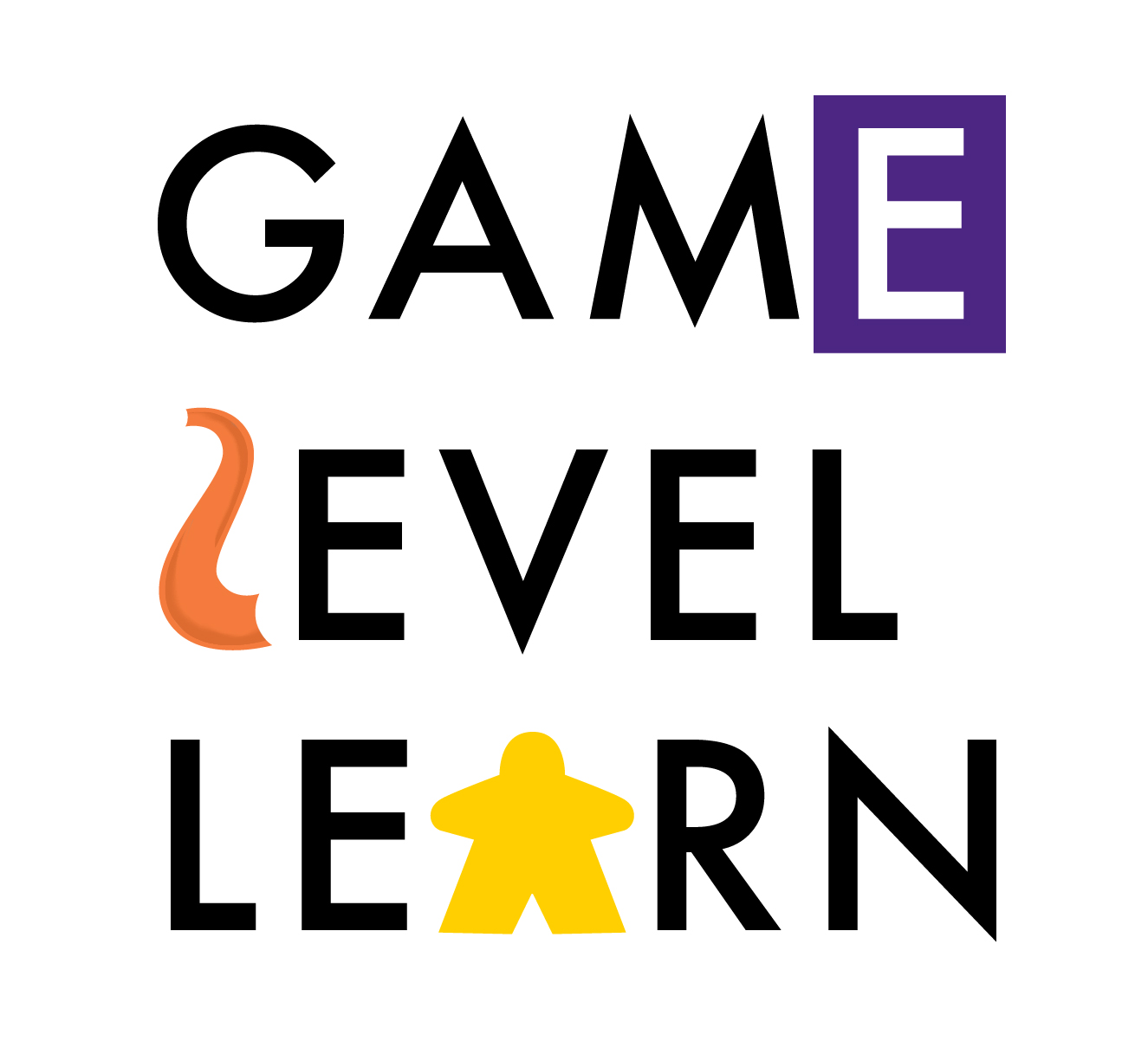Around the Classroom In 80 Games: 1960: The Making Of The President
/Happy Monday, gamer teachers? Or should that be teacher gamers…something to think about.
This week’s game of the week is a fiendishly tricky 2-player game published a few years back called “1960: The Making of the President.” Despite the fact that “1960” is a 2-player game, it is surprisingly suitable for use right out of the box in a classroom context where learning about the election process is the order of the day. It might also serve the purpose of helping students learn to accomplish a goal in a large, complex team. My sense is that it would be a great fit for any high school grade and potentially a solid fit for grades 7 and 8 with high interest / high ability students. The complexity of the game mechanics would not align with students below grade 7.
Published by Z-Man Games in 2007, “1960” quickly rose in the estimation of gamers due to the sophisticated manner in which the game depicts the shifting landscape of an American presidential campaign. Moreover, because the nature of American politics means that campaigns last months or years, the game engine has to keep shifting that terrain over the course of the game. The skill with which the game pulls this off is one of the reasons why the game is so effective (and so effective in a classroom context).
The biggest challenge facing you in using “1960” in your classroom centers on the fact that it’s a 2-player game. You are going to have to create teams of players to represent each candidate’s campaign. I believe this is actually a better representation of the complexity of managing a “media age” political campaign. The fact that different forces might be at work in a campaign pulling it in one direction or another or pushing it towards consensus is actually the way things work. Diminishing the omniscience that is embedded in a 2-player game actually helps. But you will have to do it yourself. Perhaps you divide your class into teams of 4 or 5 and assign them to represent the Kennedy campaign or the Nixon campaign. Teams of 4 or 5 are ideally suited to the game as the game is played over 9 turns. This would allow each player to have at least one and sometimes two turns where they could be placed in the position of "campaign manager” - breaking ties on the team, having responsibility for allocating resources or however you saw fit to sort out the responsibilities.
While the game is an excellent representation/simulation of how the political process works (or doesn’t) and how the ebb and flow of daily change can swing a state back and forth between candidates, it is even better as a source for understanding highly time-bound events in American history. The game’s authors have given very careful thought to the salient events in the campaign. One could almost read the card deck used to power the game as a rich historical source in-and-of itself. Students could be encouraged to keep a running journal of events they choose to play and at the end of the simulation they could be asked to reflect on their particular series of events and how that series helped/hurt their candidate. Individuals might be asked (as an assessment) to more deeply research one of the cards their candidate played. Maybe the final assessment (in addition to the reflective essay that I think is a natural for this learning experience) is to design a new card that might fit in the context of the game?


